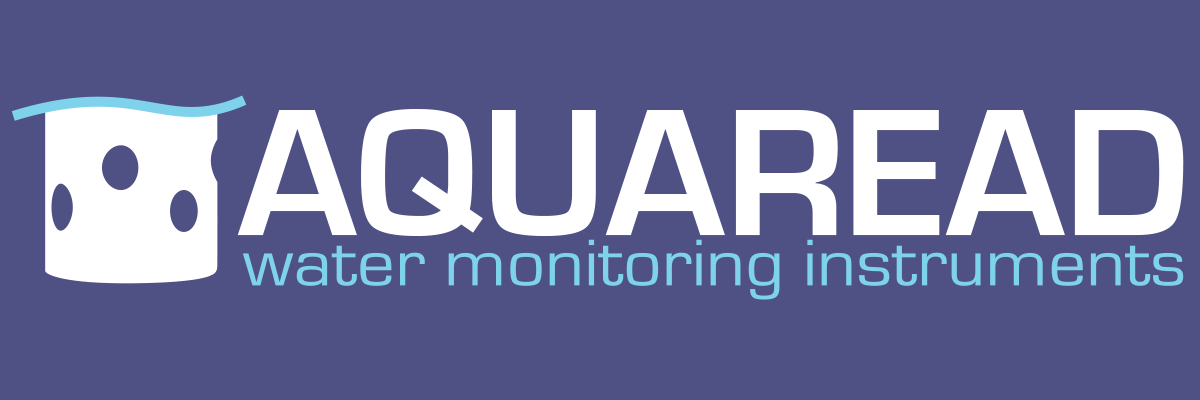In the UK, approximately 300,000 homes have misconnected plumbing, sending grey and foul water directly into streams and rivers instead of sewage treatment works, polluting the waterways and damaging aquatic ecosystems.
“The water industry estimates that misconnections cause a daily sewage discharge to streams and rivers equivalent to all the foul waste produced by a town the size of Swindon (or about enough to fill 16 Olympic-sized swimming pools).”
What is misconnected plumbing?
The most common type of misconnection is when domestic wastewater pipes are incorrectly connected to the surface water drain, which is designed to collect clean rainwater from your guttering. When waste water from your sink, bath, shower, washing machine and even toilet runs into the surface water drain it runs untreated into local streams and rivers, causing pollution.
Occasionally, surface water pipes are wrongly connected to the foul water drains, which means in heavy rain the foul sewer can become overloaded and cause flooding. Homeowners (or landlords) are responsible for putting right misconnected plumbing in their properties. Failure to prevent pollution could potentially result in prosecution.
SNAP – sewer awareness
SNAP stands for the Sewerage Network Action Programme. The Programme joins water industry professionals and researchers together to improve public awareness of the damage caused by so-called ‘sewer abuse’. This is the use of the sewerage network for anything other than sewage. SNAP aims to prevent the blockage and overloading of sewer systems, which can cause flooding, environmental pollution and damage to infrastructure and processing plants.
What are the effects of misconnected plumbing?
Misconnected plumbing negatively impacts riverine environments and their ecosystems. Household greywater contains pollutants such as soaps and detergents, food wastes and dyes. Detergents are the most dangerous pollutant because they can contain phosphates and chlorine, which can cause nutrient enrichment and poison flora and fauna respectively.
Nutrient enrichment occurs when there is too much phosphorous and/or nitrogen in a water body. Excessive nutrient levels can cause algal blooms that reduce the amount of sunlight that is able to penetrate through the water column. There are many species of underwater vegetation that rely on light for photosynthesis.
If raw sewage gets into streams and rivers it can cause a health risk and cause failures in the water quality standards that are determined by the EU Water Framework Directive and revised Bathing Water Directive. The organic matter within untreated sewage is decomposed by bacteria, significantly increasing the biological oxygen demand (BOD), causing dissolved oxygen in the water to be consumed. Seriously depleted DO has serious consequences for aquatic ecosystems.
Waste water testing
Aquaread designs and manufactures scientific water testing instruments for use in the field. These can be used for many applications including monitoring waste water treatment systems. Waste water testing is vital to ensure that the water discharged from sewage treatment plants is of a certain quality because it is pumped directly into waterways. As highlighted above, pollutants or excessive nutrients in the water negatively impacts aquatic ecosystems.
Our multiparameter water testing probes are also used for monitoring surface water. Long term monitoring of a waterbody enables you to understand the diurnal and seasonal fluctuations in water quality and create a benchmark, which allows you to identify the emergence of a pollutant in the water. Aquaread manufacture over 20 different water testing parameters including nitrate, dissolved oxygen and chlorine.
